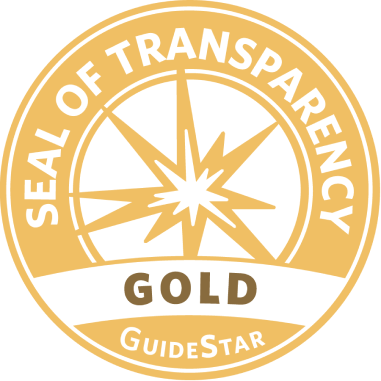For women in conflict zones like Iran and Afghanistan, trauma is an unavoidable reality. War, violence, oppression, and loss leave deep emotional wounds that do not heal overnight. Many women find themselves in survival mode, forced to push through pain without a moment to care for themselves. But even in the most difficult circumstances, small acts of self-care can become powerful tools for healing.
Self-care does not mean ignoring pain—it means finding ways to soothe, rebuild, and regain strength, little by little. Even in times of crisis, small steps toward healing can make a difference.
Understanding Self-Care in Trauma Recovery
When people think of self-care, they often imagine luxurious activities like spa days or vacations. But for women living in war-torn or oppressive societies, self-care looks very different. It is about survival, resilience, and reclaiming moments of peace in a chaotic world.
Trauma affects both the mind and body. It can cause:
- Constant anxiety and fear
- Emotional numbness or sadness
- Trouble sleeping and nightmares
- Physical pain from stress and tension
Practicing self-care does not erase trauma, but it helps manage its effects. It is a way for women to remind themselves that they deserve kindness, even from themselves.
Small But Powerful Self-Care Practices
1. Focus on the Breath
When trauma feels overwhelming, breathing exercises can bring a moment of calm. A simple technique is deep breathing: inhaling slowly for four seconds, holding for four seconds, and exhaling for four seconds. This helps regulate the nervous system and reduce panic.
2. Find a Safe Space
For women in conflict zones, finding physical safety is not always possible. But creating a small emotional safe space—whether it is a quiet corner, a favorite memory, or a simple routine—can provide comfort. Having a personal ritual, like drinking tea or lighting a candle, can serve as a reminder that peace still exists, even in small ways.
3. Move the Body
Trauma is stored in the body, leading to muscle tension, headaches, and exhaustion. Gentle movement, such as stretching, yoga, or even walking in place, can help release some of this tension. For many women, movement is a way to reclaim control over their own bodies after violence or oppression.
4. Express Emotions Safely
Many trauma survivors suppress their feelings out of fear or shame. Writing, drawing, or even whispering thoughts aloud in a private space can help release emotions that feel trapped. No one else needs to see or hear these expressions—it is simply a way to process pain.
5. Connect with Others
Trauma isolates people, making them feel alone in their suffering. A small act of connection—talking to a friend, joining a support group, or even exchanging a smile with a stranger—can be a step toward healing. Women supporting each other creates strength that no trauma can break.
Healing, One Small Step at a Time
There is no instant cure for trauma, but small acts of self-care are like stones on a path—each one leading toward a stronger, more peaceful future. For women in crisis, these small moments of healing are not luxuries; they are necessities. They are proof that even in the darkest times, resilience grows in the quiet, everyday acts of survival.

